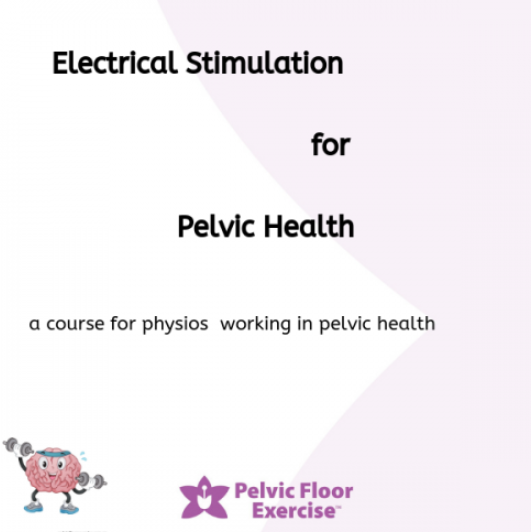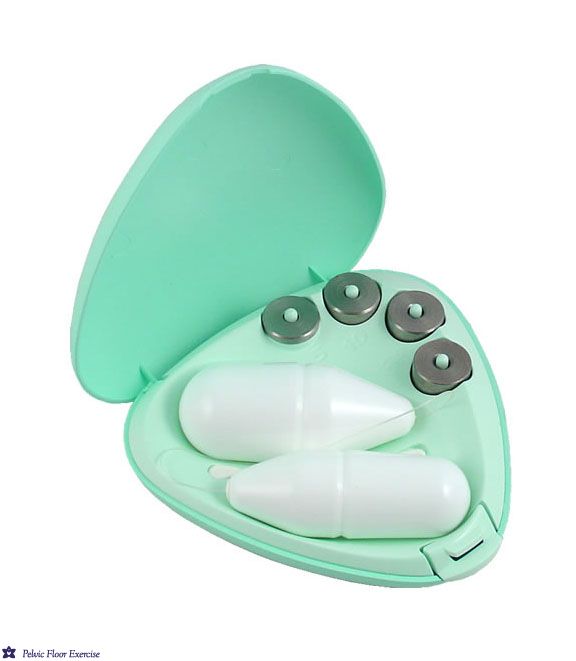tens
-
11 MarRead more »
Tattoos and TENS. Yes or No?
Tattoos date back to Neolithic times and have great cultural significance however in recent times they have become popular worldwide with several estimates stating that 36% of adults under 40 and 10% of the wider western world population have at least one tattoo.
Tattooing is the depositing of ink pigment, via a needle into the epidermis and dermis of the skin which are the outer two layers. It penetrates about 0.6 to 2.2 mm deep. Only the ink deposited into the dermis is permanent. The epidermal layer sloughs off as it is replaced with new cells during healing.
A literature search revealed numerous articles on the dermatology consequences of tattoos, along with the possible toxicity of some pigments. Tattoo ink migration has even been shown to turn up in sentinel nodes, giving the appearance of metastatic melanoma.
Permanent tattoo inks are made up of pigments and additives derived from animals, plants and metals. At risk tattoos
-
18 NovRead more »
Electrical Stimulation for Pelvic Health
This year I launched my inaugral course, teaching the application of E-stim (NMES) and TENS for pelvic health conditions to physiotherapists.
I knew there was a need for this course from all the emails and calls I receive asking questions on how to use these modalities, but it has been met with such an overwhelming response I have been truly humbled.
-
19 MayRead more »
- this means that you do not have a complete circuit. If you are testing by holding between your fingers or in the palm of your hand then you will probably only be able to hold until it reaches 5mA as this will feel quite intense. When the electrode is inserted in the vagina or anus, a much higher mA is tolerated due to better conduction.
- to test if your machine and electrode are working , attach electrode as normal to machine , place electrode in a glass of water and turn machine on - if it is working correctly you will see the mA go up as you turn it up as the water will conduct the current





